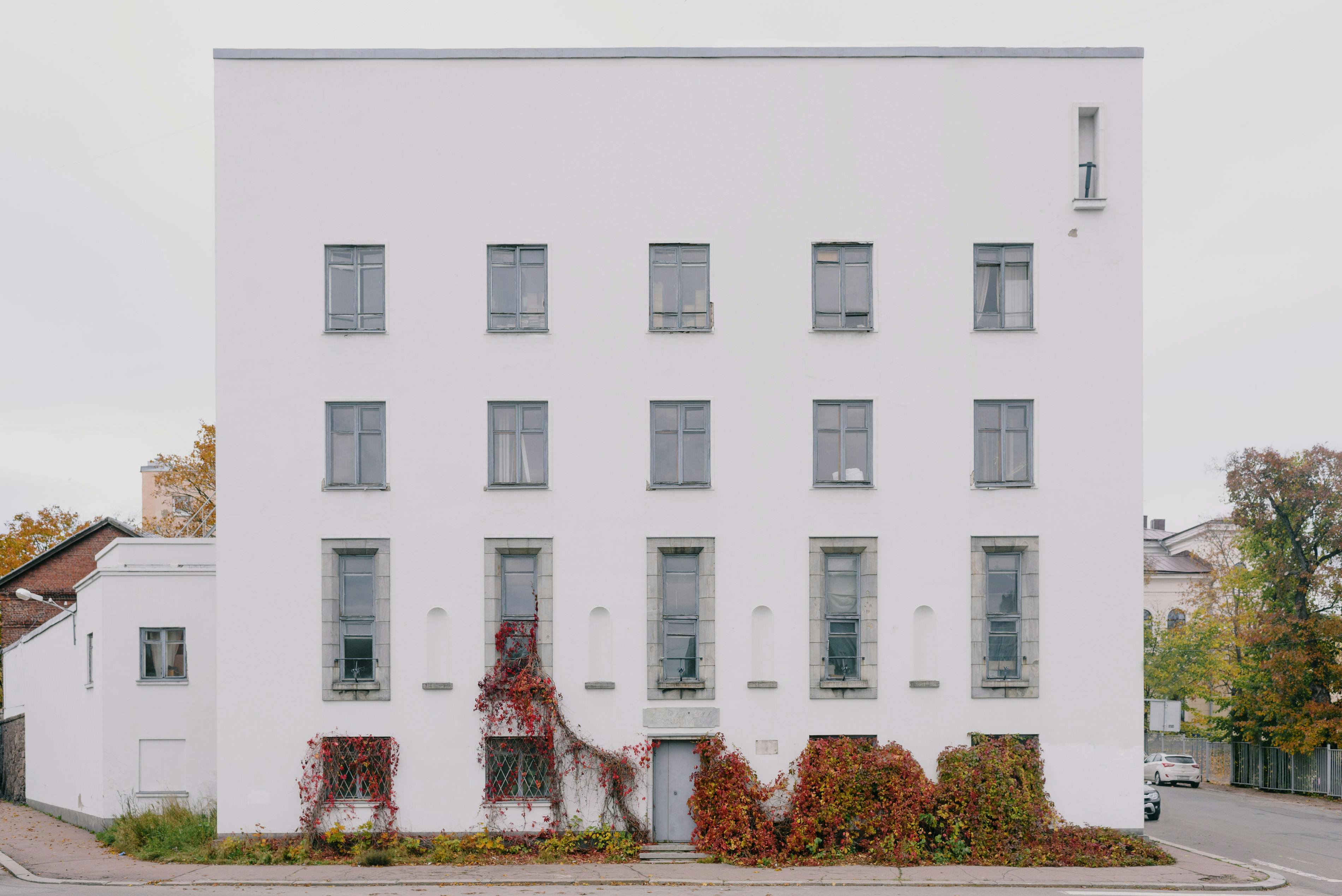The year 2009 has been a year of many changes in the Dubai real estate market. It has become clear that the previous boom period seen over the last six years has come to an end, and the market is clearly in a downward spiral. Many are wondering when it will bottom out, with some of the lowest price levels expected to be seen in March-April of next year. Some analysts are even prone to equating the Dubai financial and housing crisis with the biggest crisis facing the US and the world today. They say a recovery in the US is likely to be followed by a recovery in the United Arab Emirates. While events in the US do not appear to be directly connected to events in the United Arab Emirates, there is always a psychological connection somewhere in the markets. A recovery in one area of the world is likely to boost investor confidence in another, unless there are very local and country-specific reasons behind market behavior, such as a corporate scandal or debt default.
As if the slowdown in the US hadn’t hit Dubai hard enough, Dubai World’s mishandling of the debt repayment issue was another factor undermining market confidence. Something drastic needs to be done to restore investor confidence. It’s been too long. The initial support from the Dubai government, and then the persistent refusal to bail out Dubai World, sent mixed and mixed signals throughout the investment world, with many wondering if the Dubai government itself was bankrupt. Nothing could be further from the truth, since both the Government of Dubai and the Dubai World entity have enough assets to comfortably pay their own liabilities, respectively. That said, the atmosphere of uncertainty remains and although the Abu Dhabi government has been helpful by lending Dubai World US$10bn to meet its debt obligations, the market has not recovered.
In fact, this crisis of confidence will have to be addressed and corrected if Dubai is to get out of the current mess. According to some estimates from real estate firms in the UAE, property rental rates in Dubai have fallen this year for all types of property in the emirate. For example, it was found that, on average, villa rentals fell 35 percent, while apartment rentals fell 20 percent. In light of falling prices, landlords and property owners in Dubai have begun allowing tenants longer grace periods and
a change in rental options to pay with up to 12 checks in advance when renting a property. Although access to bank financing has been restricted, tenants have found better accommodation at affordable prices following the exodus of many foreign workers. Another related fact is that newer developments are attracting the majority of consumer interest as units come online and the surrounding infrastructure nears completion.
At the same time, marine villas and residences strategically located near retail stores and restaurants, with easy access to the city, command better rents and prices than other properties. The occupancy rate here compared to Dubai Villas for Rent was also better. Meanwhile, apartment sales prices across the board have seen a bigger drop than rental rates, with an average decline of 40 percent. Prices are expected to start to stabilize as each project nears completion.
It was also found that the sale prices of villas in Dubai fell by an average of 45 per cent over the past year. With the market turning from a seller’s paradise to a buyer’s paradise, tenants are now in a stronger position to renegotiate rental agreements. Landlords have realized they have to attract tenants with competitive rents or offer alternative payment options and benefits to retain them.
The good news for renters looking to rent property in Dubai is that rental prices are unlikely to rise anytime soon as Dubai adjusts to changing rates of worker movement and more units come onto the market.



